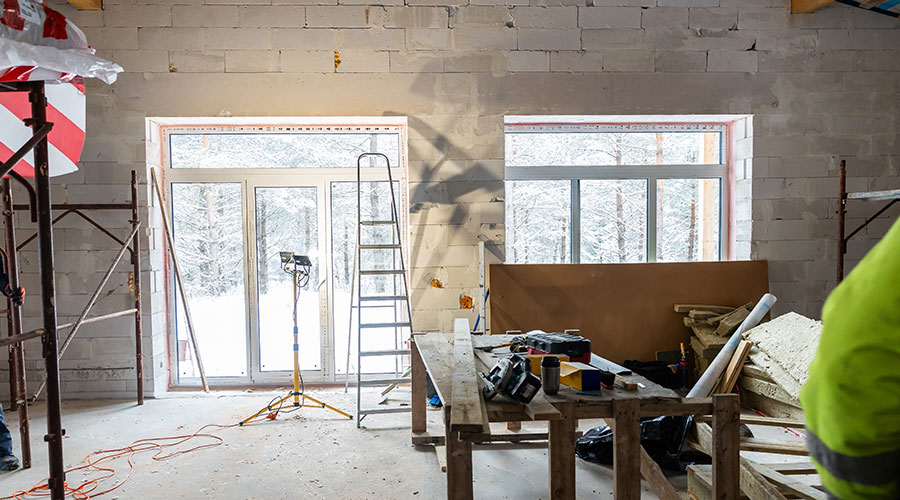Key topics for facility professionals. Keywords for this topic: window maintenance
Compiled by FacilitiesNet Staff
Why do windows need regular maintenance? Consider the environment in which windows function. They are subject to extreme temperature differences — as much as 75 degrees F or more. The weather may be extremely dry for part of the year, then wet and humid. Windows must withstand high winds and exposure to ultraviolet light. If operable, they must withstand regular openings and closings without excessive wear and tear.
These environmental conditions take their toll on windows: finishes fail, sealants lose flexibility, components rot or corrode, insects bore into wood and movable parts deflect or corrode. Unfortunately, without regular window maintenance the damage becomes cumulative and eventually replacement becomes the only economical option.
Clearly, the best way to maximize window life while minimizing problems is a program of regular inspections and routine general window maintenance. Ideally, every window in a facility should be inspected annually. However, this may be impractical in facilities with large areas of glass. If that’s the case, an alternative is to inspect a representative sample of the windows, usually between 15 and 20 percent of the total, and project the findings to rate the condition of all windows. Make certain the sample includes all types of windows installed and all exposures.
All inspections must be tailored to the type of window. Different kinds of windows have different symptoms, but there are some common problems to look for. Start by examining the condition of the interior surfaces around the window. Look for water stains, rot and other indications that moisture has been reaching the interior. Make note of where those stains are so that maintenance crews know where to look for the source of water. Photographs will help document the findings.
Check the fit of windows. Frames and sashes are subject to changes in size with use and exposure to temperature cycles. As a result, a gap can form between window components, increasing both air and water infiltration. Check the fit of all window components, making note of any that are excessive.
Operable windows should be opened all the way then closed completely to see how easy they are to operate. For wood windows, any binding in operation could signify swelling or warping of the window frame or sash — both indications that moisture is penetrating some components. In both metal and wood windows, failed or corroded operators can cause problems operating the units.
Examine the caulking between the frame and the building wall. Many window designs use a flexible seal between components. With time and exposure to ultraviolet light, moisture, and temperature extremes, the seals can lose flexibility and fail. Examine all seals over their entire length for proper fit and sealing.
Inspect the finish on the exterior of the window for defects. In most cases, paint failures on wood windows can be traced back to moisture. Identify areas not only where the paint has failed but also where it is likely moisture is getting into the wood. Paint failure on metal windows can accelerate the deterioration of the window’s metal parts. Identify not only where the paint has failed, but also the cause, if possible.
For wood windows, check all surfaces for rot and decay using a metal probe. Identify all areas where rot is detected. Note the most likely areas where moisture is gaining access to wood that shows signs of rot and decay.
Sources:
How Hidden Problems Can Shorten Window Life, By James Piper







